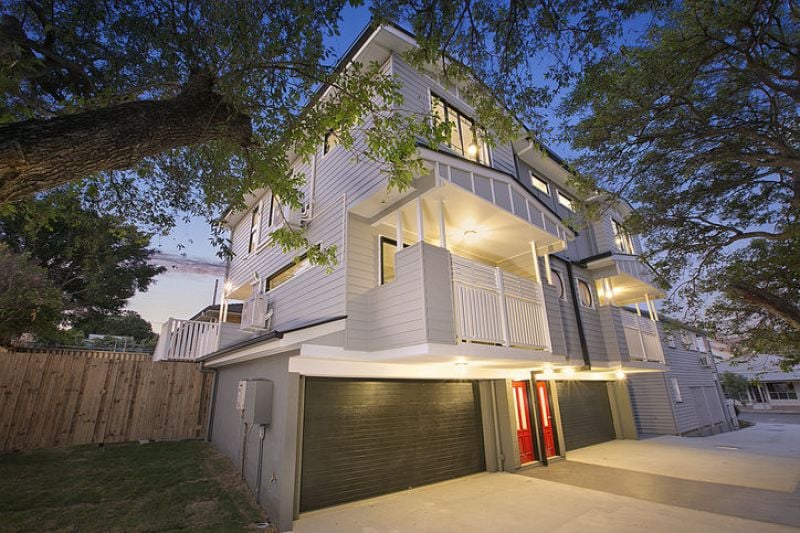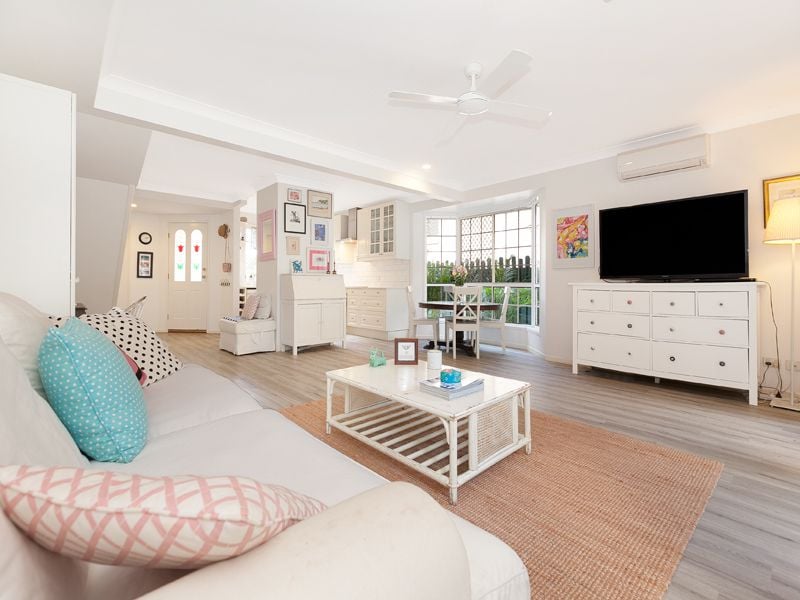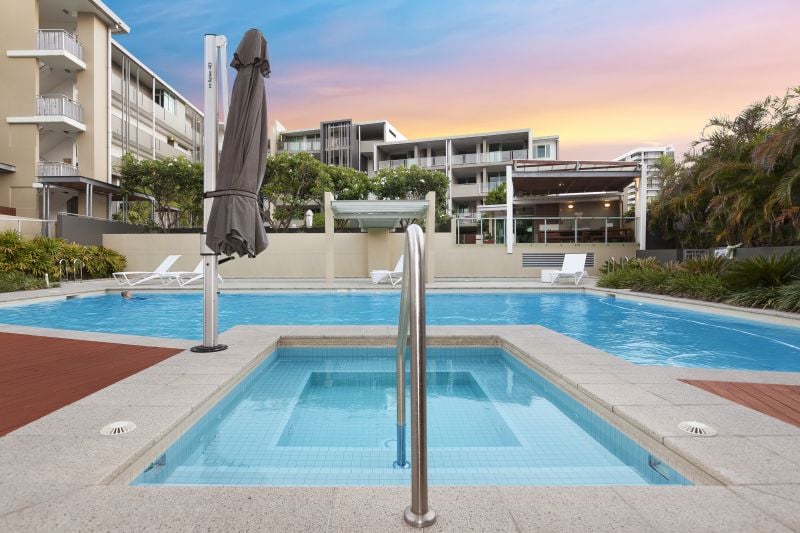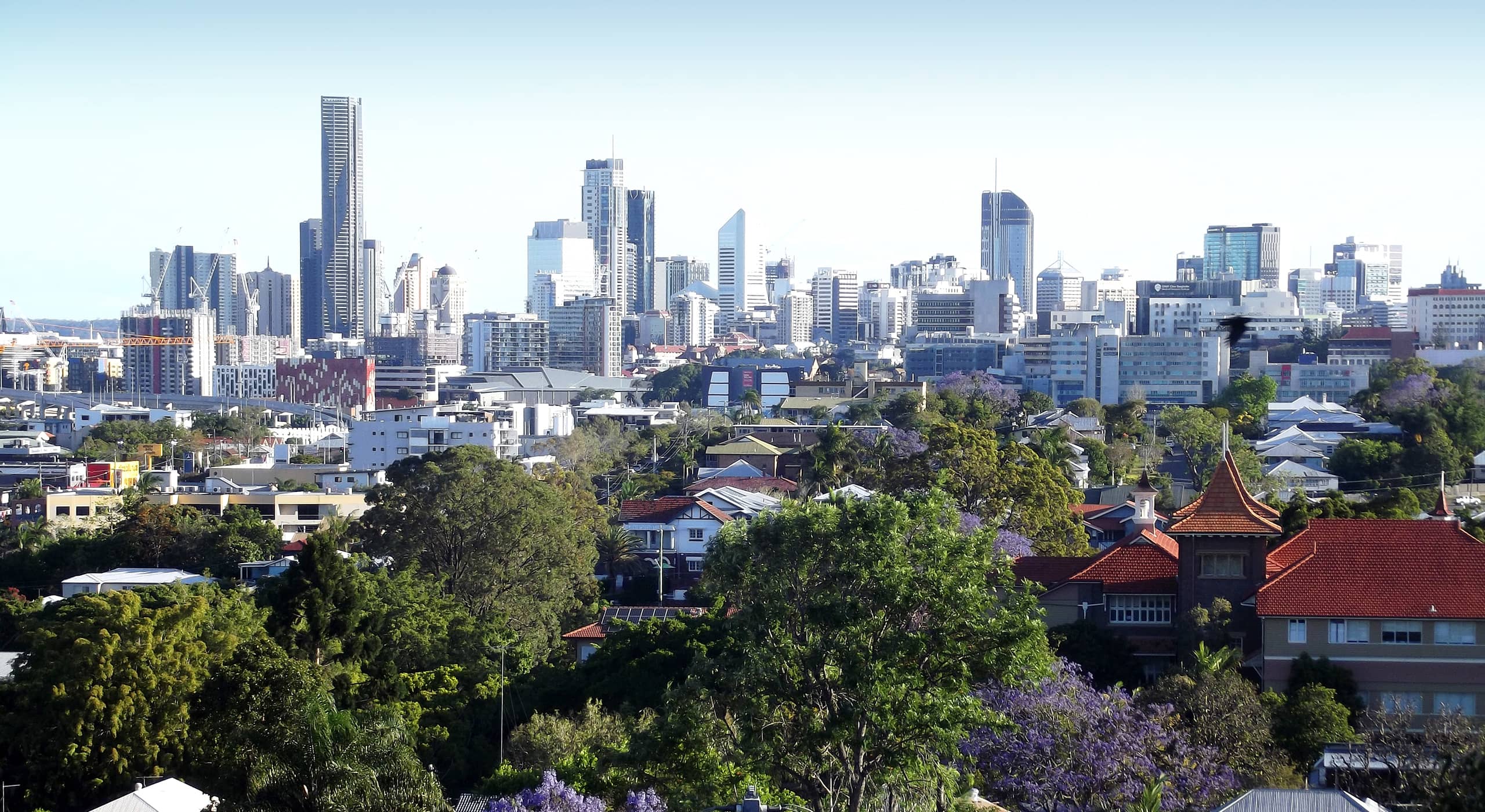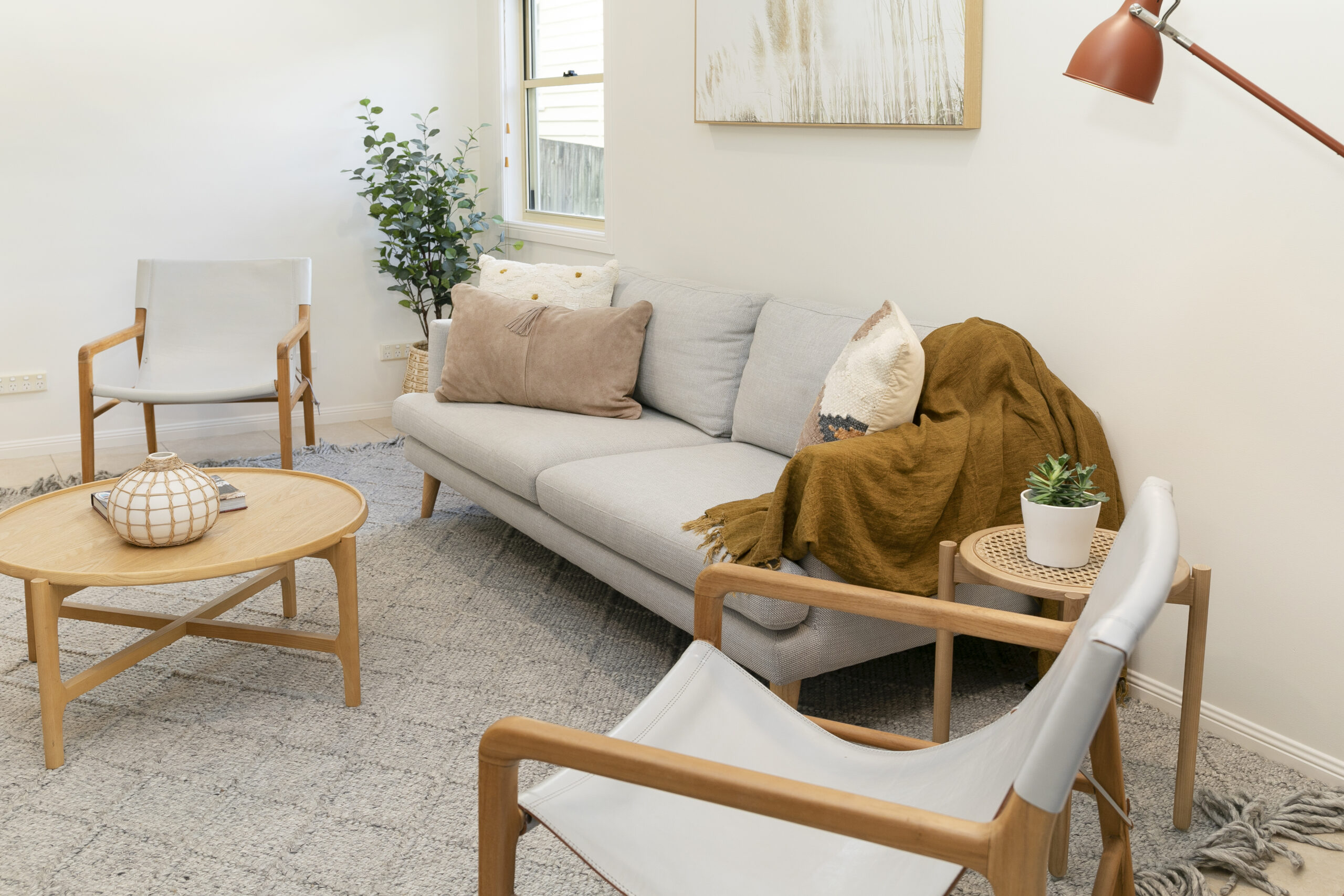SMSF investing is no get-rich-quick scheme; it takes dedication, foresight and a carefully planned investment strategy to get you where you need to be when the twilight years arrive.
During this series of SMSF-related articles, we first looked at how to set up a fund; we then explained how to figure out whether property investment is the right strategy for your SMSF. Now, it is time to look at your property investment options.
Having included property as an asset in your investment strategy, you are able to purchase most kinds of established property through your fund, providing the purchase is made at arm’s length (not from a related party). Generally speaking, a superannuation fund cannot develop property, because this usually changes the nature of the asset and is therefore in breach of Australian Tax Office (ATO) regulations.
Common investment choices include units, houses and other residential properties; commercial properties such as offices, retail space and factories; and also listed and unlisted property trusts.
These options are all open to you and have their own benefits and challenges, but you must first take the time to consider what you need from your super and what types of investment can provide for that need, while meeting your financial obligations. If you get it right, you might expect substantial long-term returns; but if you take the plunge without the right preparation and without the necessary dedication, you could lose a lot of money.
Residential property
A SMSF investment is a long-term strategy that needs to sustain you through your retirement. These days, more and more people are also choosing investments that will allow their SMSF to benefit the next generation of their family, once they pass on. Therefore, it is important you look for properties with enough longevity to suit this plan.
Three important attributes to consider are location, yield and maintenance needs. Ideally, you should look for a reasonably new property, with long-term capital growth prospects and a high rental return.
Location
Growth is traditionally safer and more sustainable in and around capital cities, or in large regional centres with multiple industries in place to support the local economy. An investment in these areas will give you a good chance of achieving long-term capital return, with much greater security than a speculative purchase in a one-mine town or in other volatile areas.
According to David Shaw, WSC Group director, it is important to understand the connection between a good location and a high quality of tenant, which is a key factor to success.
“If you’re too far out, say 50km out of the city, it can be too hard to get tenants,” Shaw says. “A lot of our clients say they are getting their properties trashed. It is now more crucial than ever to get the right tenants and these are often found in the inner-city. This may mean paying a higher premium, but it’s worth it.”
Yield
If you have enough money in your super to purchase a property outright, you will not be as dependant on rental return as someone who needs to borrow to invest.
Otherwise, it is important to remember that a lender only considers your super contributions and expected rental income, when assessing whether or not you can service a loan. Considering that your super contributions are only 9% of your regular income, it stands to reason that your weekly rental income will need to cover the rest of the repayments.
Therefore, you will be looking for a yield of ideally 6% or more from your tenants. Location is important once again from the yield perspective, because there is no point getting a high return if your property spends chunks of time empty. You need access to a robust rental market with low vacancy rates to make sure you have a steady flow of tenants, lining up to keep your loan repayments ticking over.
Want more information on SMSF and property? Get advice from our experts here and find out how much you can borrow using our SMSF calculator.
Even if your property is in a good rental market, you should store a cash reserve in your SMSF, to stave off financial difficulty if something goes wrong.
“With the reduction in the concessional contributions limit [from $50,000 to $25,000], you should have a decent buffer handy,” Shaw says. “We normally say around $20,000 in case the tenant doesn’t pay, or you don’t have a tenant for a while. Because there’s now 500,000 SMSFs, the ATO is starting to crack down and you certainly don’t want to run out of money in your fund.”
Maintenance
The average hold period for any property outside of super, be it investment or owner-occupied, is between seven and nine years according to RP Data statistics. Your SMSF would be holding your property for far longer than this, so you should be prepared for the frequency with which maintenance issues will occur as the property ages. You want something requiring minimal work over time, so a relatively new, well-constructed property would be preferable.
“New properties will also enable you to make the most of depreciation benefits for tax,” says Shaw. “If you can structure a deal where a new property is cash-flow neutral, but you had $10,000 worth of tax benefits in the first year, you’d essentially be able to get $10,000 in tax-free contributions.”
Types of properties suitable for SMSF
1. Established houses and units
You don’t need to buy a new or unusual property to invest using your SMSF. If you have had your eye on a house, unit or townhouse that you might want to live in when you retire; or you simply like properties with a bit of character and old-fashioned style; you can certainly purchase them through your super.
Investing in older properties has also become less of a hassle, thanks to the latest rulings by the ATO, which allow extensive repairs to be carried out to SMSF properties, many of which would be improvements in the eyes of a home owner or tenant, and indeed used to be in the eyes of the law.
Like any SMSF investment, if your fund has enough money to cover the property’s entire value, then fire away in a location of your choice. If you are borrowing, it’s best to take care of the fundamentals: a good location with growth potential, quality tenants and a tight rental market with a healthy enough yield to cover the bulk of your repayments. Your super income may not allow you to invest in the prestige market, unless your salary is very high, so properties in growing middle ring city suburbs are likely to be your best bet.
Warning: Established properties are likely to require more maintenance than a new property, which may eat into your returns. You may also miss out on tax depreciation benefits
2. House-and-land packages
Land is a valuable asset to have near capital cities. Houses on decent plots of land are attractive to tenants and if they are new, will attract the depreciation benefits mentioned earlier. Regulations have also been easing for properties with land, according to Shaw.
“We’ve just had a ruling from the ATO giving the green light to granny flats,” he says. “It is now okay to borrow for the purchase and then add a granny flat that is paid for in cash from the fund. As long as it’s all on the one title and you don’t have to borrow to build it, you can go ahead. That’s another reason I’m more bullish on properties with land; you have a bit more scope than with a unit.”
Warning: House-and-land packages are often grouped together with other near-identical assets. Cheap sales of surrounding properties can bring the value of your investment down
3. Dual key properties
Emerging over the past decade in Australia and still reasonably rare, dual key properties are made up of two separate dwellings on a single title. These are usually located in and around capital cities and can offer higher rental yields.
“You’re looking at properties that should be one house, but are actually a three-bed townhouse and a two-bed townhouse in the one building,” says Shaw. “The dual cash flow gives you the yield of a commercial property, but with the better security of a residential property. They are on one title, so you only own one property and there’s no problem with the single asset rule.”
Warning: Dual key properties can attract fewer potential buyers if you want to sell.
4. Serviced apartments
Serviced apartments and other guaranteed yield properties are popular with some SMSF investors, due to high promised returns according to Rohan Davis, Quest Serviced Apartments general manager.
“More than 60% of our buyers are looking to purchase via self-managed super funds and I think that is a reflection of the market,” he says.
Davis believes the surge in interest is due to the guaranteed rental yield of 6.5% and an annual incremental rental increase of 4%, plus the offer of 100% tenancy. These guarantees are made possible by the franchise style business model adopted, in which a franchisee has a contract with the individual landlords, and the rental income and ongoing costs are backed by the entire company.
“It’s kind of like the McDonalds of property,” Davis says. “When you look at super assets, they are supposed to provide regular income with low volatility. You get that with serviced apartments and once you move into pension phase, you’ve got an asset that is still producing income and allows pensions to be paid without assets needing to be sold off.”
Warning: Serviced apartments offer great yields and nice locations, but it’s too dependent on the economy which can be very volatile.
5. Commercial property
Investing in a commercial property can be extremely beneficial for your SMSF investment. Funds have been known to invest in office spaces, retail outlets, warehouses, factories and even carparks. Generally speaking, commercial property investment is similar to residential, except that several key differences make it potentially more attractive … and definitely more risky.
Whether the reward is worth the greater risk depends on what type of strategy your fund is running, according to Martin Jandera, Super Property Concierge director.
“You’re likely to get longer leases and higher yields in a commercial property,” Jandera says. “However, your vacancy periods might be a little longer, which can depend on the general health of the overall economy. Meanwhile, residential property should generally get people moving through there reasonably frequently.”
Upsides of commercial properties
Greater rental income: Commercial properties generally offer higher rental returns than residential investments. “Yields for office space average around 7-8%,” says Jandera. “Depending on your capital city, residential yields will be closer to 4-5%.”
Longer leases: An average residential lease might be six months or a year, but commercial leases usually go for a number of years.
Low maintenance for high net yields: Tenants are generally responsible for managing and maintaining a commercial property, rather than the owner. The money you save on ongoing expenses such as repairs will count towards a higher net yield.
The fundamentals: You need only look at all the empty offices that sprung up during the GFC to understand that commercial investment is far from failsafe. Plenty of businesses are still struggling to find stability, retailers are going backwards faster than you can find an online bargain and the manufacturing sector is having the life squeezed out of it by exposure to the high Australian dollar. If you are still tempted by commercial property investment, remember the fundamentals. Invest in a thriving location, with great transport access and plenty of other businesses around for support.
Business real property exemption
A popular option for small business owners is to sell the business property they already own to their SMSF. Ordinarily, a super fund may not buy a property from a related party, as per the in-house asset rule, but the ATO made this possible for commercial properties with the business real property exemption.
This exemption means that when your SMSF buys your business premises, the business simply becomes the tenant and pays the SMSF a commercial rate of rent. For example, if a furniture maker owned a workshop from which he ran his business, that workshop would qualify as a business real property and could be purchased by his SMSF.
This can enable the business owner to access cash that would not otherwise have been available and use it to expand the business or pay off debts.
“Let’s say I have a business property worth $500,000 and I have a $250,000 debt,” says Shaw. “My super fund buys it for $500,000, does a new debt and gives me back $250,000. It’s a way to free up liquidity, which can then come outside your super fund because you’re essentially trading an asset for cash.”
You may think that sounds great, but remember that once the cash comes out of the super fund, it is also removed from the favourable tax environment.
“The disadvantage is that if you had any capital gain on the property, you will have to pay capital gains tax,” says Shaw. “You will also be unable to access any rent if the property is positively geared. It’s a one-off cash benefit with the transfer, but then you’re locked into a tighter regime.”
Once in that tight regime, you must be strict with your finances; the ATO requires you to be prepared to look at your situation from an outside viewpoint.
“If the business does get into financial trouble and can’t make rental payments on time, the super fund has to act as any normal landlord would,” says Jandera. “Sometimes people find it difficult to be tough on themselves. You might be late this month and next month, but you know you will then get a contract through and can make the payment. It is your responsibility to ensure the fund implements the same processes as a landlord.”
Established, inner city Brisbane properties for sale
69/1060 Waterworks Road, The Gap, QLD
123 Royal Parade, Alderley, QLD
37/20 Newstead Terrace, Newstead, QLD
Article source: http://www.yourinvestmentpropertymag.com.au/strategy/smsf-how-to-choose-the-best-properties-147624.aspx
